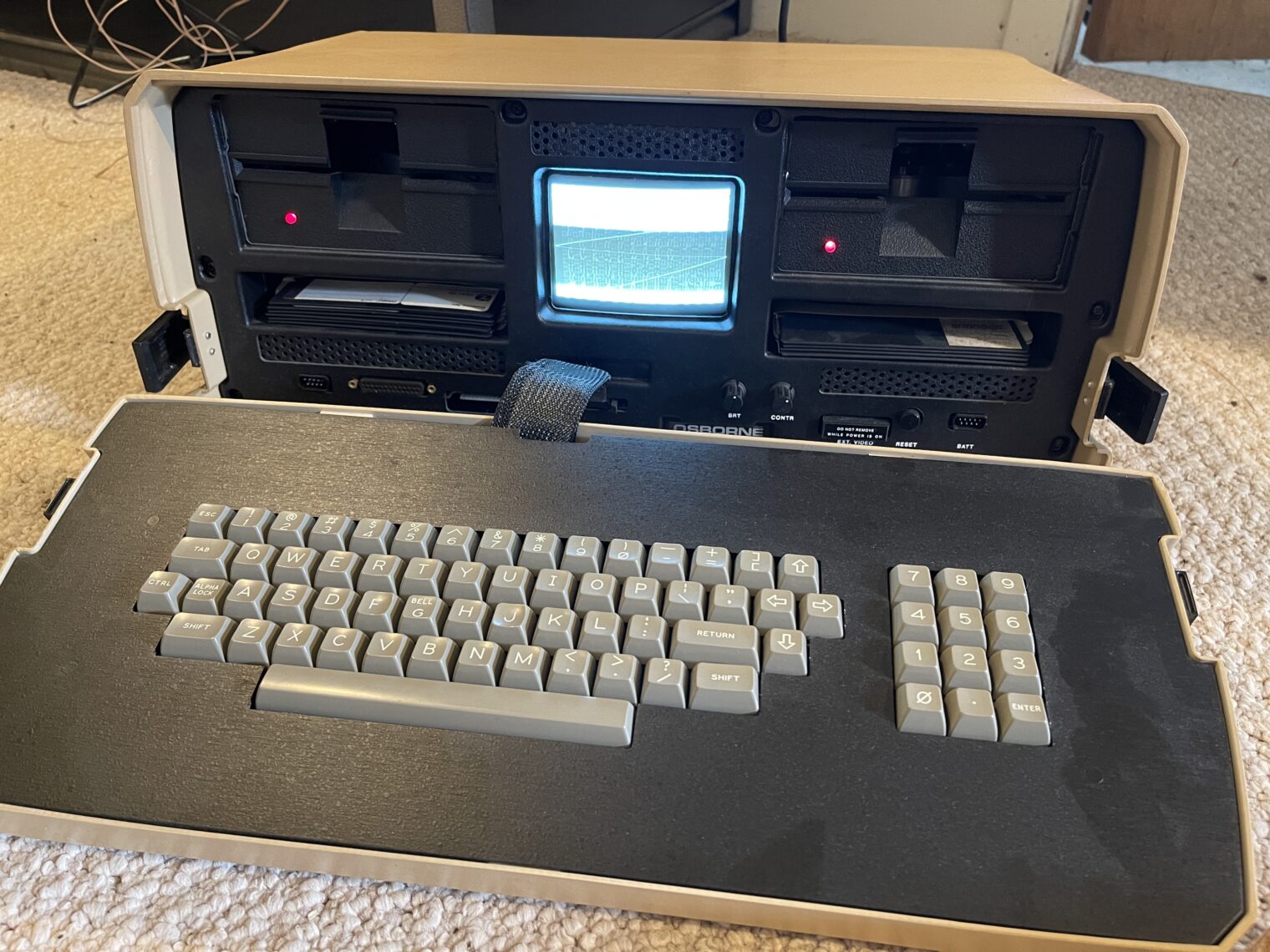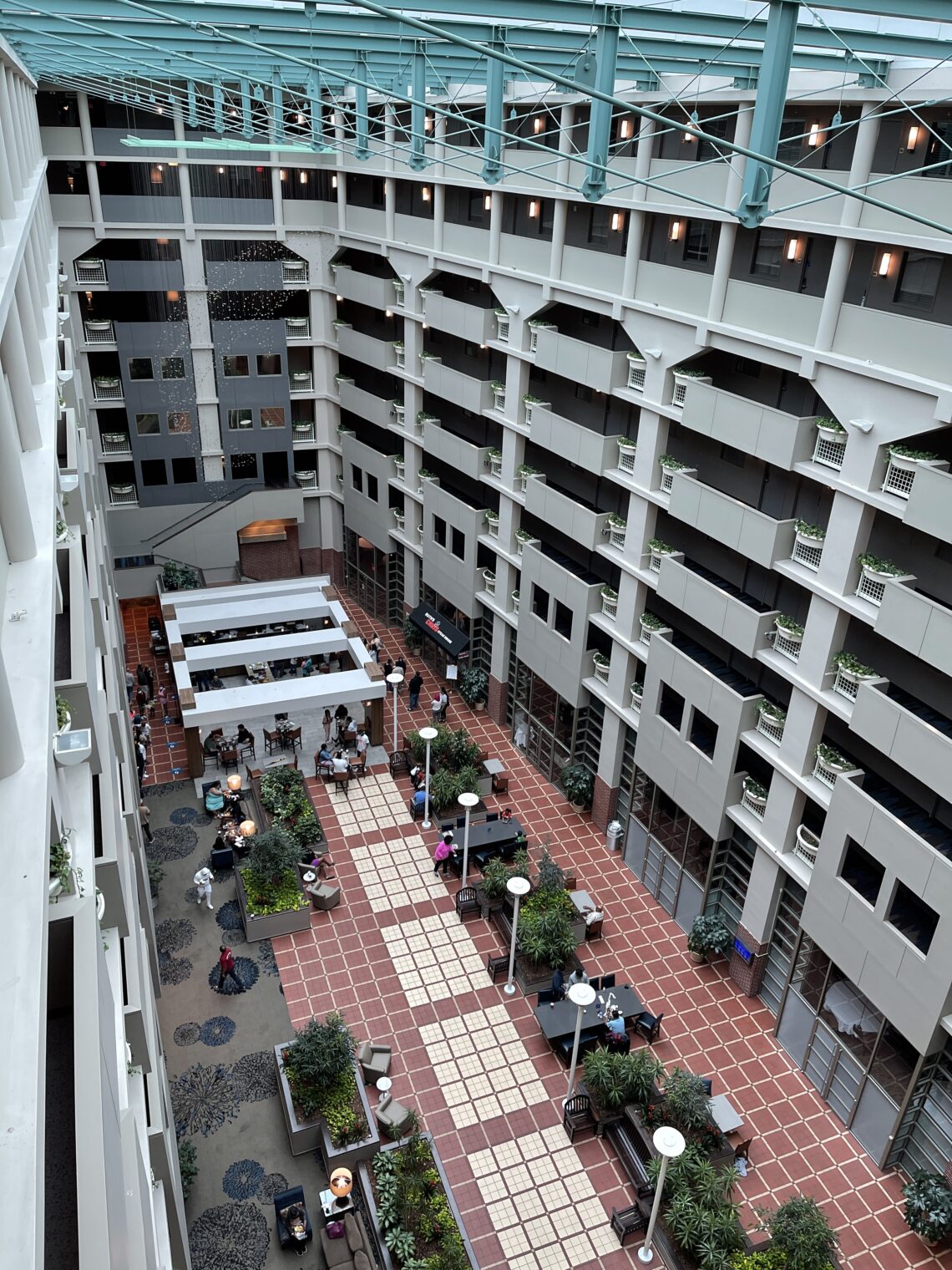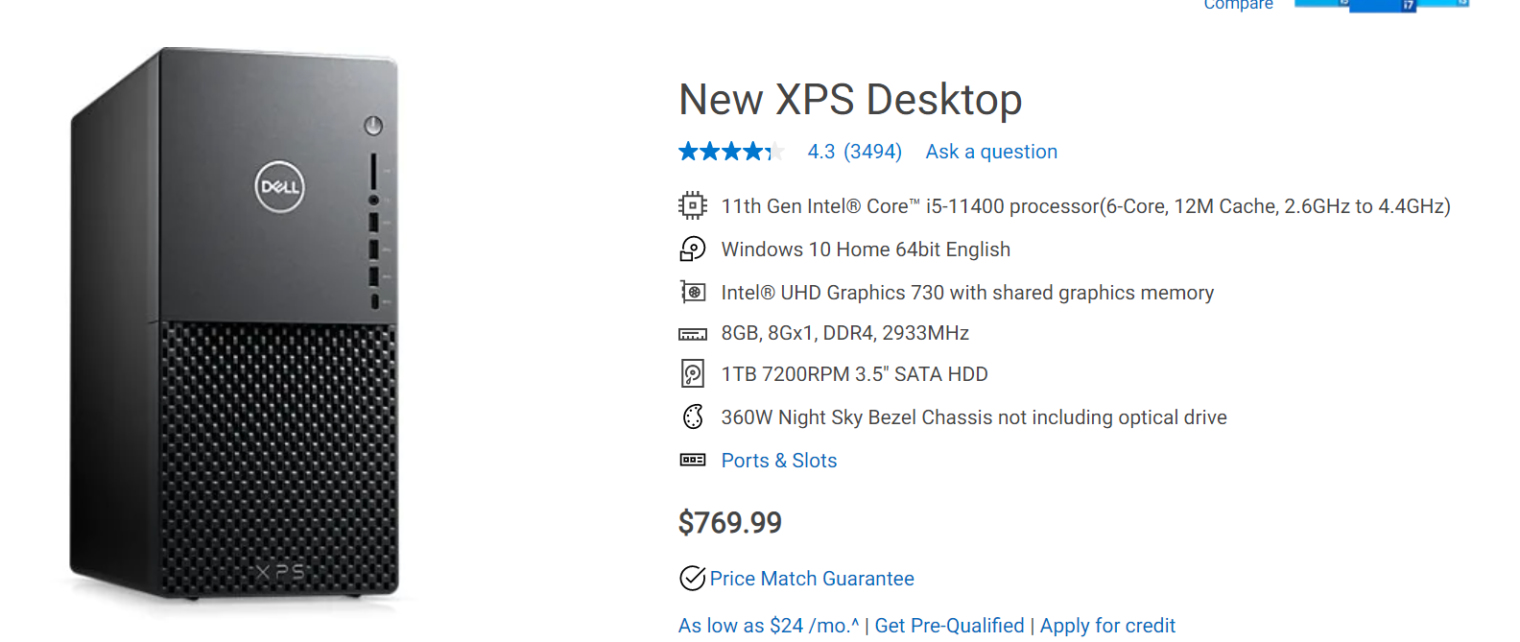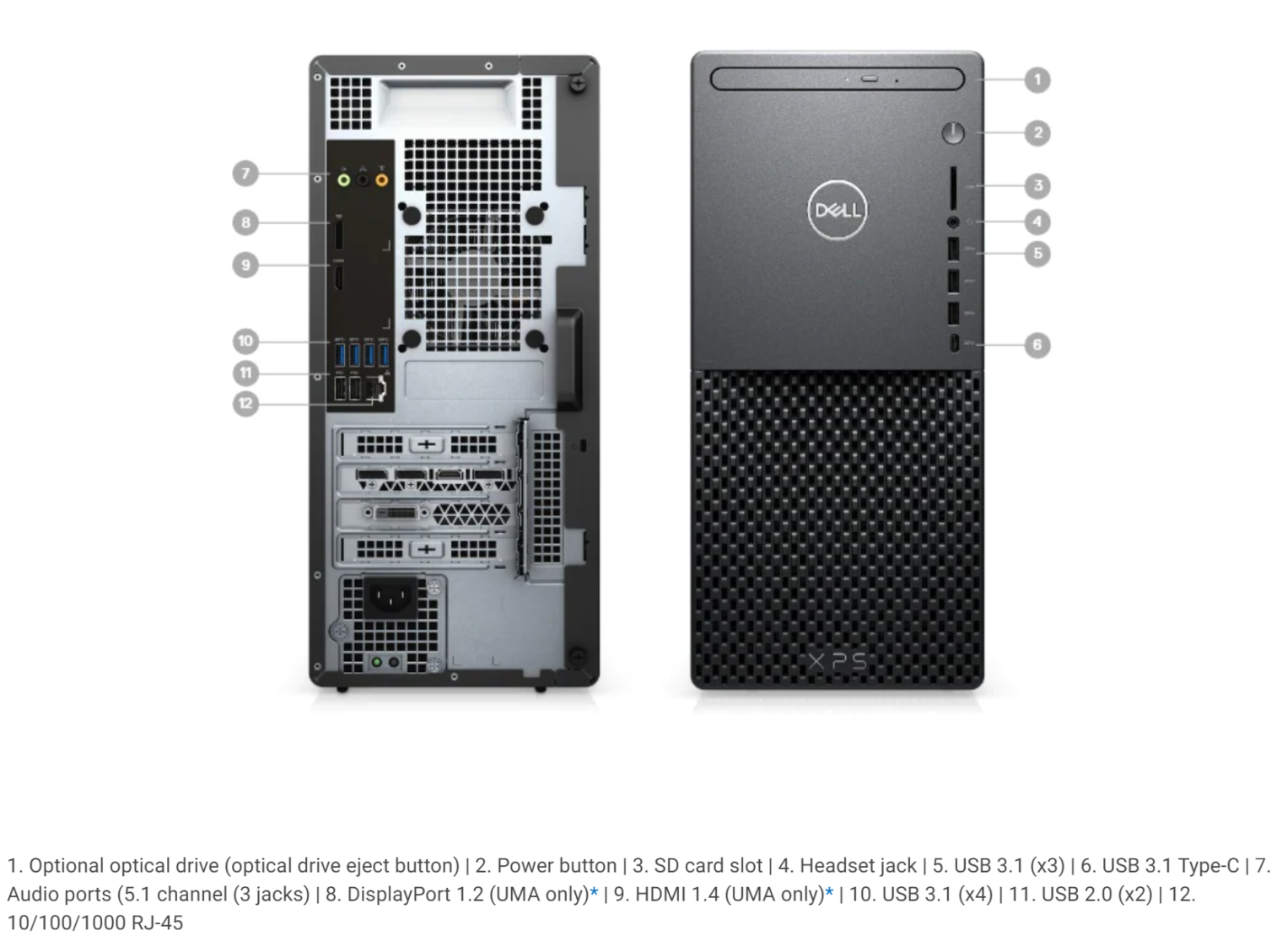“After Working at Google, I’ll Never Let Myself Love a Job Again” (NYT), by Emi Nietfeld (Harvard CS graduate):
I bought into the Google dream completely. In high school, I spent time homeless and in foster care, and was often ostracized for being nerdy.
(The product of an unsuccessful family, she herself was unsuccessful at Google, adding some weight to University of California research on heritability of success; see The Son Also Rises: economics history with everyday applications and also The Son Also Rises: Tips for Optimizing Your Life (summary: don’t expect a smooth relationship if you hire (or date/marry) someone from an unsuccessful family; if that person appears to be successful, e.g., due to having obtained an elite degree, regression to the family mean is likely).
Matrix management prevails…
The few people who’d worked at other companies reminded us that there was nowhere better. I believed them, even when my technical lead — not my manager, but the man in charge of my day-to-day work — addressed me as “beautiful” and “gorgeous,” even after I asked him to stop. (Finally, I agreed that he could call me “my queen.”) He used many of our one-on-one meetings to ask me to set him up with friends, then said he wanted “A blonde. A tall blonde.” Someone who looked like me.
(i.e., humans formerly known as “guys” who work at Google have trouble getting dates in New York City, a city with 200,000 more single women than men, according to Mini Mike (who never had any trouble finding women!))
The company encourages denunciations, but then keeps the denouncer and the target of the denunciation yoked together in close quarters while it investigates at a glacial pace:
As soon as my complaint with H.R. was filed, Google went from being a great workplace to being any other company: It would protect itself first. I’d structured my life around my job — exactly what they wanted me to do — but that only made the fallout worse when I learned that the workplace that I cherished considered me just an employee, one of many and disposable.
The process stretched out for nearly three months. In the meantime I had to have one-on-one meetings with my harasser and sit next to him. Every time I asked for an update on the timeline and expressed my discomfort at having to continue to work in proximity to my harasser, the investigators said that I could seek counseling, work from home or go on leave.
Note the faith in therapy (“counseling”)!
Eventually, the investigators corroborated my claims and found my tech lead violated the Code of Conduct and the policy against harassment. My harasser still sat next to me. My manager told me H.R. wouldn’t even make him change his desk, let alone work from home or go on leave. He also told me that my harasser received a consequence that was severe and that I would feel better if I could know what it was, but it sure seemed like nothing happened.
The aftermath of speaking up had broken me down. It dredged up the betrayals of my past that I’d gone into tech trying to overcome. I’d made myself vulnerable to my manager and the investigators but felt I got nothing solid in return. I was constantly on edge from seeing my harasser in the hallways and at the cafes. When people came up behind my desk, I startled more and more easily, my scream echoing across the open-floor-plan office. I worried I’d get a poor performance review, ruining my upward trajectory and setting my career back even further.
I went weeks without sleeping through the night.
I decided to take three months of paid leave. I feared that going on leave would set me back for promotion in a place where almost everyone’s progress is public and seen as a measure of an engineer’s worth and expertise.
After my leave, the manager I loved started treating me as fragile. He tried to analyze me, suggesting that I drank too much caffeine, didn’t sleep enough or needed more cardiovascular exercise. Speaking out irreparably damaged one of my most treasured relationships. Six months after my return, when I broached the subject of promotion, he told me, “People in wood houses shouldn’t light matches.”
(Note: do not invite this guy to any Hanukkah celebrations, COVID or no COVID.)
Having been inside Google’s Manhattan building, which is one of the largest in the world, I’m shocked that they engage in these multi-month investigations while leaving the unhappy co-workers together. With so many thousands of engineering positions all around the enormous building and all around the world, why not give those who are unhappy for any reason an immediate transfer? Investigate later if desired, and punish the guilty if the kangaroo court so rules, but transfer first so as to defuse the situation.
(Separately, someone I know from MIT worked at Google, became disillusioned, and, like Ms. Nietfeld, joined Facebook. For a while she would post on Facebook about how awesome Facebook was and how Sheryl made sure that it was specifically a great place for those who identified as “women”, etc. But eventually she became disgruntled with Facebook along similar lines.)
Here’s my favorite reader comment on the piece, from Eva Klein of Washington, D.C.:
Judith Martin (Miss Manners) put it best — the American workplace is too informal for its own good. We reject strict hierarchies, but at the end of the day, the bottom line reigns and there is no loyalty to any worker, regardless of how cherished they were when they contributed profits to the company.
Americans would do well to learn about the European approach — strict work and life boundaries. You won’t celebrate your colleague’s birthday or new baby at the office. But you also won’t feel a visceral tear at the heart strings if you are fired (or “made redundant”, as the lingo goes).
Another Harvard graduate (this one with a Ph.D. in research psychology (not counseling!)), the former editor-in-chief of Psychology Today, says that Google can and does determine the outcome of American elections, e.g., by reminding liberals, but not conservatives, to go out and vote. Google can also sway swing voters by tweaking search results (stories about Hunter Biden’s cash-stuffed plaintiff might be pushed way way down, for example). See “Big Tech’s Greatest Threat”, by Robert Epstein. Excerpts from an article that is way too long for modern attention spans:
During a period of days before the 2020 election, we found that on Google’s home page, it was sending “go vote” reminders just to liberals. That’s a powerful ephemeral message, and not a single one went to conservatives. How do we know this? Because we were recording the content our 700 “field agents” were seeing on their computer screens. That was a diverse group of registered voters we had recruited in three key swing states. Google was sending those vote reminders only to liberals. That’s a powerful manipulation that’s entirely invisible to people — unless a group like ours has found a way to monitor what people are seeing.
A preliminary analysis of the more than 500,000 ephemeral experiences we preserved in Arizona, North Carolina, and Florida, turned up some disturbing things. Number one, we found a strong liberal bias in the search results people saw on Google when they searched for political topics; this bias was absent on Bing and Yahoo. 92% of searches are conducted on Google, and we know from years of experiments we’ve conducted that biased search results can easily shift the voting preferences of undecided voters, and those are the people who decide the outcomes of close elections. In experiments, we can easily shift 20% or more of undecided voters after just one search by showing them biased search results.
Even before people see search results, biased search suggestions — those phrases Google flashes at you when you start to type a search term — can shift thinking and behavior. We have shown in controlled experiments that biased search suggestions can turn a 50‑50 split among undecided voters into a 90‑10 split, with no one having the slightest idea they have been manipulated.
Tailoring suggestions is an interesting idea. I’m surprised that the effect can be as large as this guy says. Maybe it would be for product purchases. If you type “ergonomic mouse” and the first suggestion is “ergonomic mouse logitech” that could give a big boost to Logitech. But how can it help with an election? If the completion for “Joe Biden” is “Joe Biden kids in cages” that will be read by Democrats as a reminder that Joe Biden freed migrant children from their cages and by Republicans as a reminder that Joe Biden is continue to park migrants who say they’re under 18 into the same kinds of facilities as were used during the Trump and Obama administrations. Same deal with “Joe Biden higher tax rates” or “Joe Biden $2 trillion spending”.
Full post, including comments 







